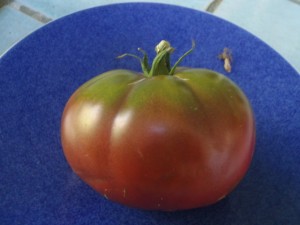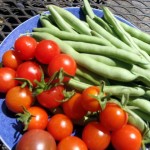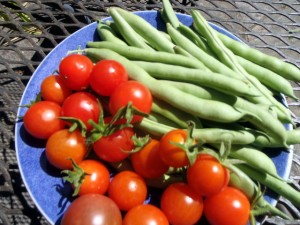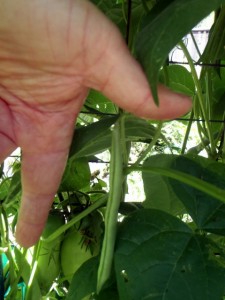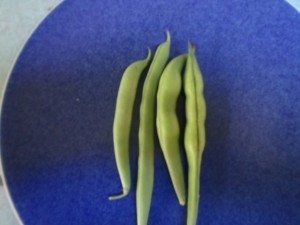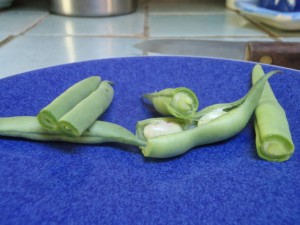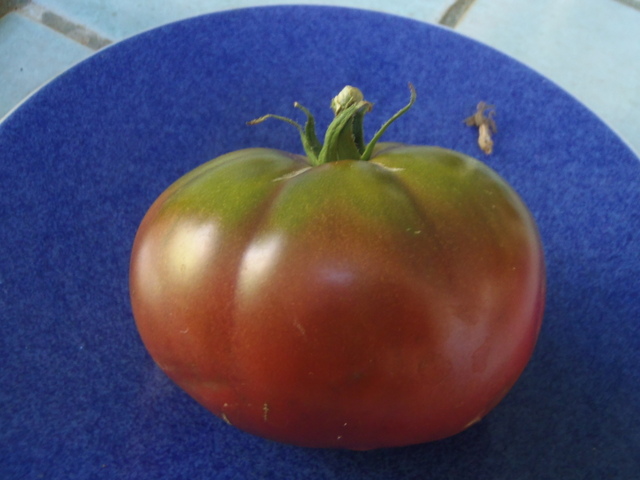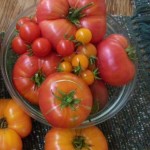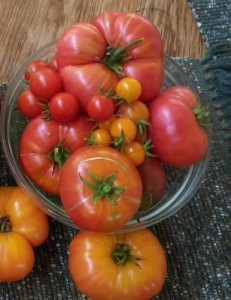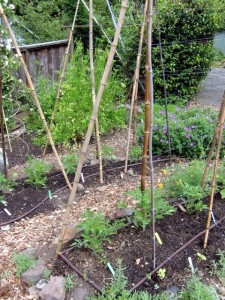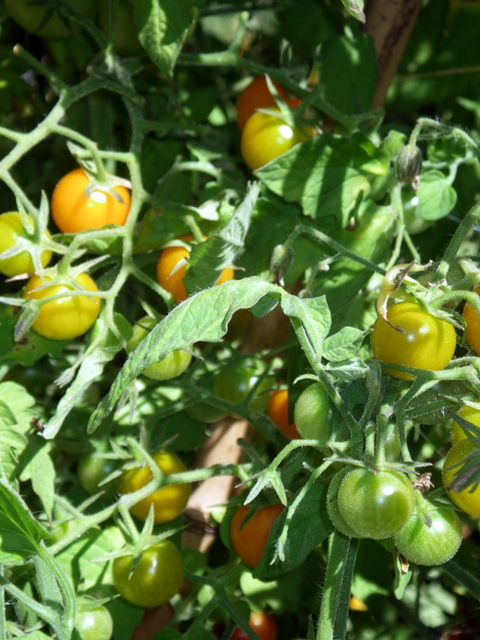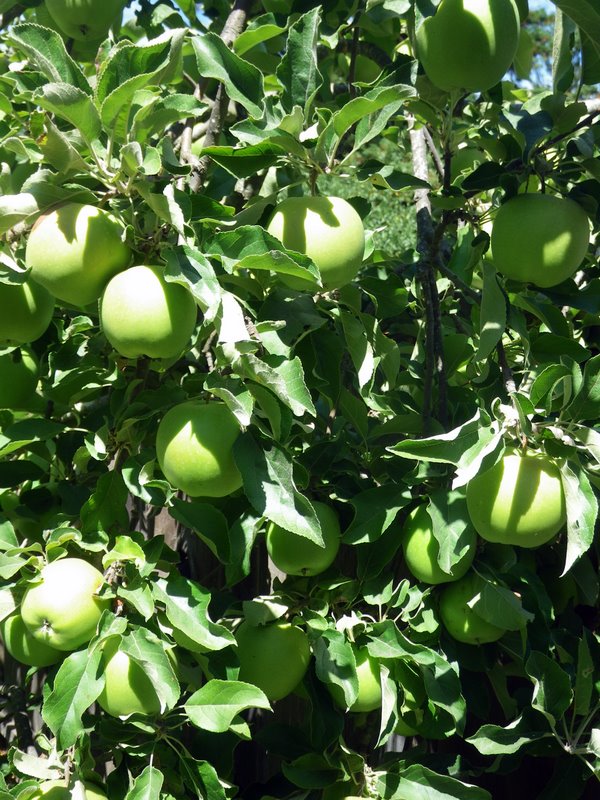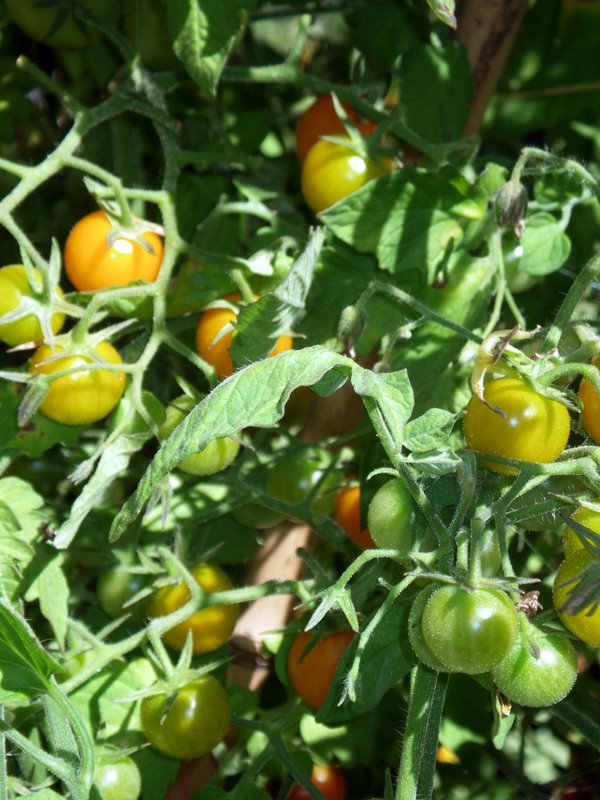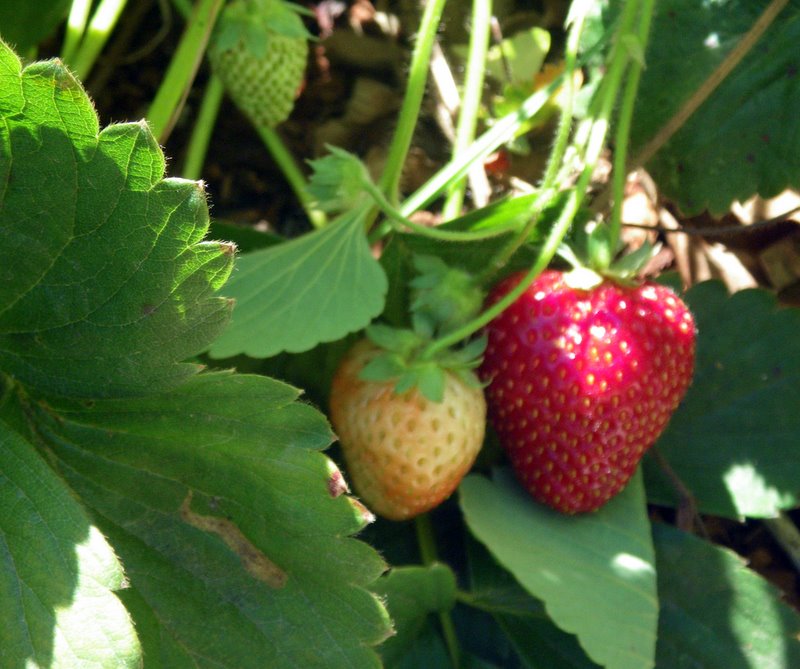If you find useful information in my blog, please be sure to sign up for an RSS feed or email subscription.
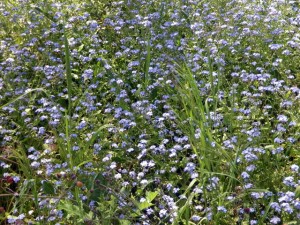
Weeds come in many disguises like this invasive Forget me Not
This always happens every Spring. I think I’m on top of the jobs I need to do in the garden, and then boom, I look out the window and the weeds have grown overnight like the bean in Jack and the Beanstalk. Although some of them actually look kind of pretty, like these Forget-me-Nots. This innocuous looking plant is actually an aggressive, invasive plant. Have you ever tried pulling out these “innocuous” plants when they’ve gone to seed? Their seeds stick to you like glue and it can take hours to get them off your clothes and socks.
In general we mean a plant is a weed when we don’t want it in the garden at all, or at least not where it has shown up. Certain plants are always unwanted. These are the category of pernicious weeds such as poison oak, creeping morning glory, bermuda grass and the plants that are harmful to you or impossible to get rid of. Let me say right off the bat, that I never use chemical poisons. Weeds in my yard need to be removed by hand, digging them out, or by barriers to cover them and keep them from getting sunlight, or by spraying them with nontoxic potions, such as, Dr Earth Weed and Grass Herbicide or vinegar/soap/ solutions. (Use white vinegar: Add 2 tablespoons of dish soap to vinegar. Pour this mixture in a spray bottle. Spray your weeds!)
In his book, On Good Land: Autobiography of an Urban Farm, Michael Abelman wrote this great bit on weeds. “When dealing with “weeds,” timing is especially critical. Remember that “weeds” are merely plants out of place and that weed competition is primarily a problem in the early stages of crop development.
“Three things resolve weed competition easily: early cultivation, the right tool and attitude. The goal is to never weed but to cultivate. Cultivation aerates the soil around the plants, and cuts off or buries young tender weeds. If you have to actually weed, your are too late and will have created far more work for yourself.”
Don’t be too late – start weeding now!
If you want to find some great tasting heirloom tomatoes, Burpee is having a sale. You can get them on special just through this site:$10 off orders of $40 or more with code AFFTOFF thru 4/23 at Burpee.com!
TOOLS I RECOMMEND.
My favorite tools for cultivating weeds out of your garden:
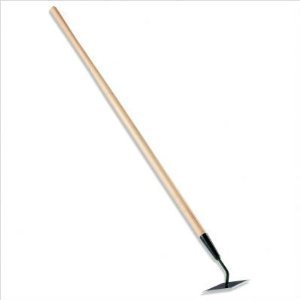
Best use of time and energy - use this hoe early and often
The Hoe : This long handled, double edge weeder, lets you go back and forth for most efficient use. When the weeds are young and the blade is sharp, you just put it lightly below the soil surface and it cuts them off cleanly, leaving them in the ground. You don’t have to bend over and it is easy on the back.
Corona Clipper SH61000 Diamond Hoe
The Triangle Hoe: I use this hoe to go between plants that are close together, especially good in vegetable beds and flower beds. Like all other cutting tools, you should keep the blade sharp.
Truper 30002 Tru Tough 54-Inch Welded Warren Hoe, 4-3/4-Inch Head, Wood Handle
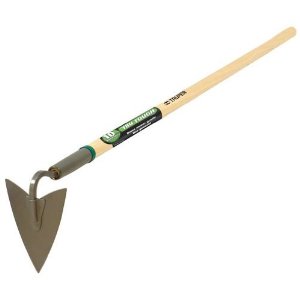
Great for tight places: vegetables and flowers. The Triangle Hoe $22.99
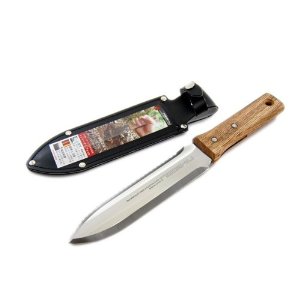
The Hori Hori: This strong tool is useful for many tasks $27.95
Japanese Hori Hori Garden Landscaping Digging Tool With Stainless Steel Blade & Sheath
Hand Weeding: The Japanese Weeding Knife: Hori Hori Tool
I love this tool and use it all the time. It’s good for weeding, planting, and scarifying the soil. I have a confession, though. I put it down in the garden about 6 months ago and can’t find it. I know it’s there and am sure each day that it will turn up. I’m afraid I’ll have to get another one. Is there a GPS tracking app for lost hand tools?
SPRAYS: Usually a last resort, sometimes we have to go there. For particularly pernicious weeds like poison oak, bindweed and bermuda grass I use Dr Earth Weed and Grass Herbicide. Ingredients include Citric Acid, Cinnamon Oil, Clove Oil, Soybean Oil, Rosemary Oil, Sesame Oil, and Thyme Oil. You can buy this from Organic Green Roots, which donates a portion of every sale to school gardens.
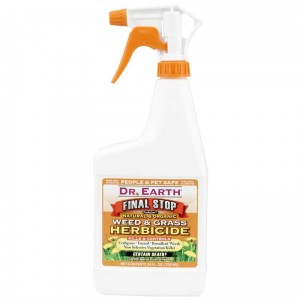
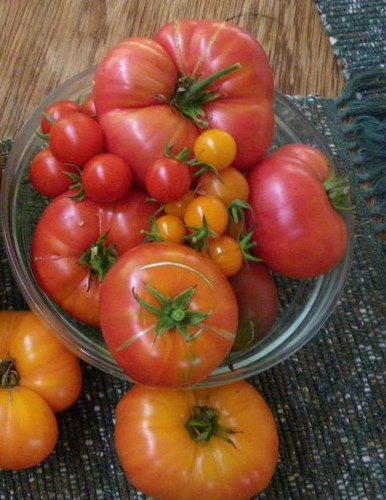
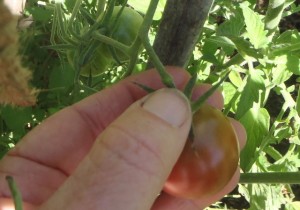

 Follow
Follow

